The Chevrolet Corvette, an emblem of American automotive prowess, is rich with history and innovation that often escapes even the most ardent enthusiasts. While its speed and sleek design capture headlines, many of its groundbreaking features and fascinating stories remain lesser-known. This article delves into the overlooked details that underscore the Corvette’s significant impact on the car culture and its continued evolution.
Contents
Introduction of the Corvette in 1953

When the Chevrolet Corvette was unveiled as a concept car at the Motorama event at the New York Auto Show in 1953, it wasn’t just another new car launch. It was a pivotal moment that marked the birth of the American sports car, setting a standard for performance and style that continues to influence the automotive industry. The Corvette’s introduction showcased innovative automotive design and engineering, particularly its fiberglass body, which was a novelty at the time and highlighted the car’s cutting-edge aesthetics.
Corvette ZR1’s Top Speed

The Corvette ZR1 is not only a testament to the Corvette’s legacy but also a pinnacle of its performance capabilities. With a top speed exceeding 200 mph, the ZR1 is a marvel of modern engineering, featuring advanced materials and aerodynamics that push the boundaries of what is possible in a production sports car. This level of performance is a clear indication of the meticulous attention to detail and the focus on high-speed stability and power that Chevrolet has cultivated in the Corvette lineage.
Corvette as the Indianapolis 500 Pace Car
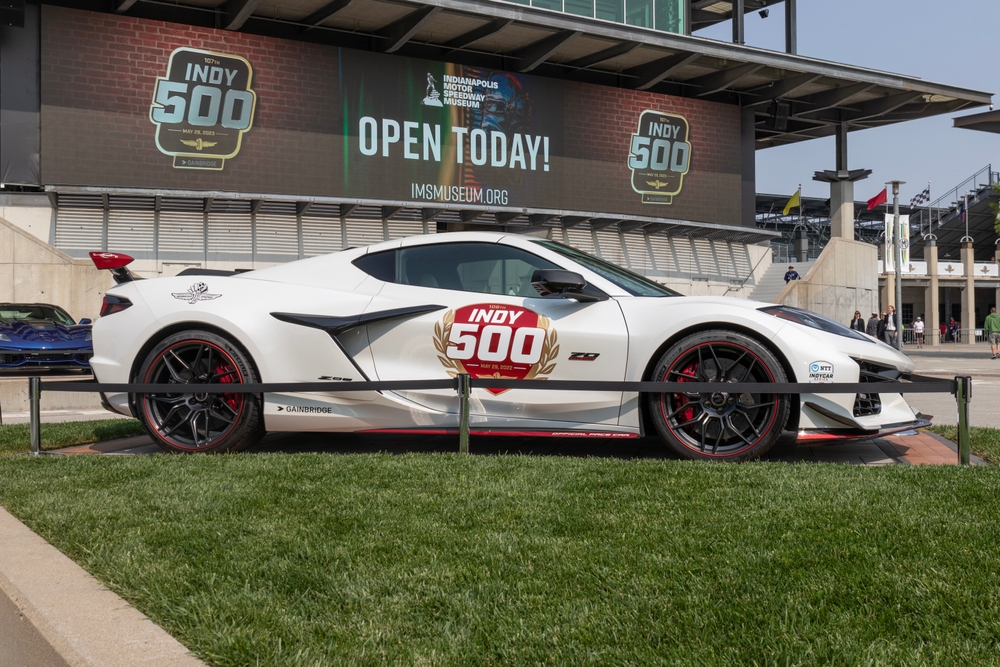
The Corvette has repeatedly been chosen as the pace car for the Indianapolis 500, one of America’s most iconic motor races. This role is not just an honorary title; it requires a car with exceptional performance and reliability to lead racing vehicles under various conditions. Being selected as a pace car numerous times throughout its history highlights the Corvette’s robust performance credentials and its emblematic status in the sphere of American motorsports.
Hidden Compartment in the C4 Corvette
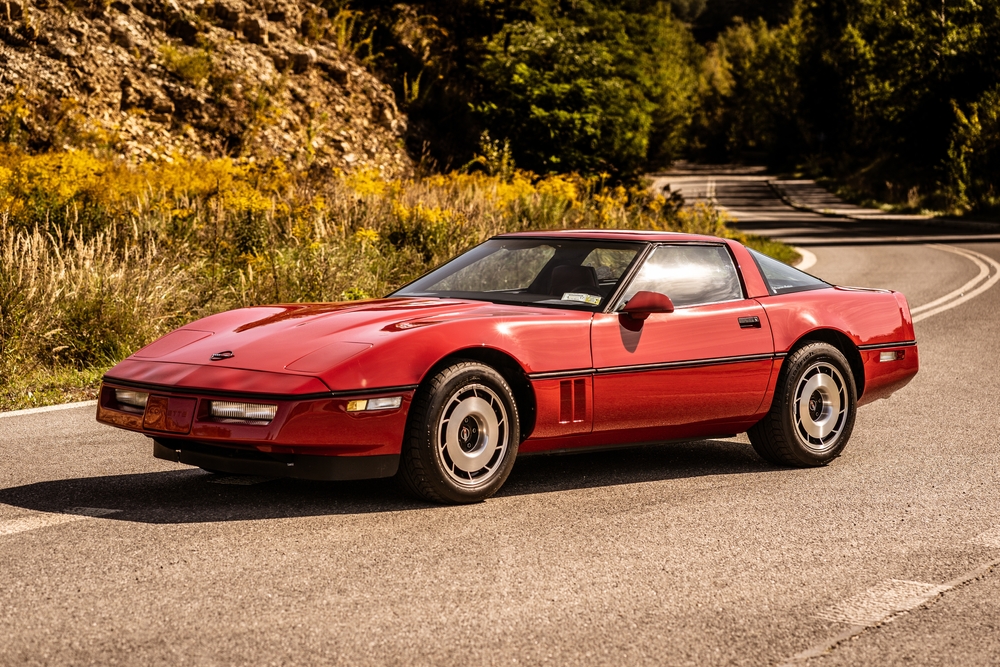
The inclusion of a hidden compartment behind the passenger’s seat in the C4 Corvette is a quirky and intriguing feature. It illustrates Chevrolet’s commitment to not only performance but also to creating a vehicle with unique characteristics and practical conveniences. This hidden compartment provided a secure space for valuables, adding an extra layer of functionality to a high-performance sports car.
L88 Corvette
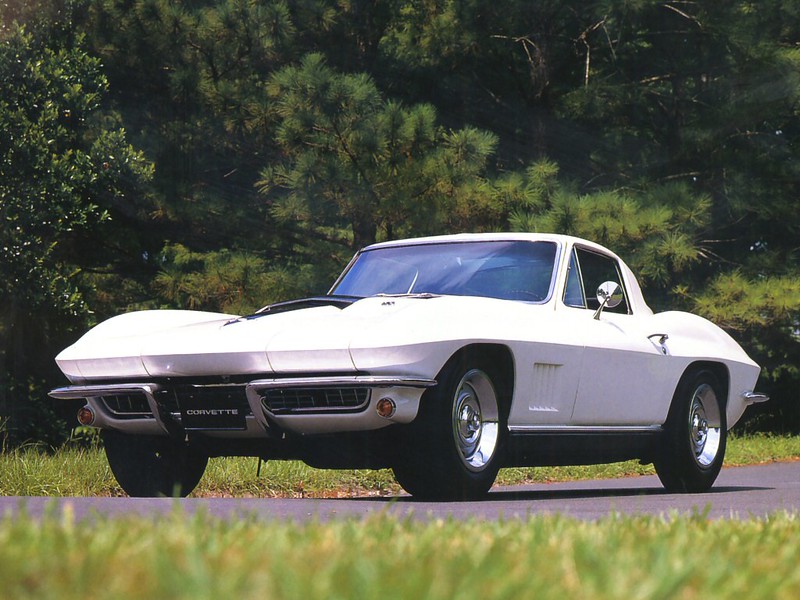
The L88 Corvette is a legend among car enthusiasts, known for its raw power and limited availability. Produced in the late 1960s, the L88 featured a racing-oriented engine that Chevrolet somewhat understated to avoid drawing the attention of insurers and regulatory bodies. This model’s mystique and superior performance capabilities have cemented its status as one of the most coveted Corvettes ever made.
Composite Material Body

From its inception, the Corvette set itself apart by utilizing composite materials like fiberglass for its body, unlike most other cars that used traditional steel bodies. This innovative use of materials not only helped reduce the overall weight of the car but also allowed for more freedom in terms of aerodynamic and aesthetic design. The use of such materials demonstrates Corvette’s role as a pioneer in automotive material technology.
First American Car with Fuel Injection
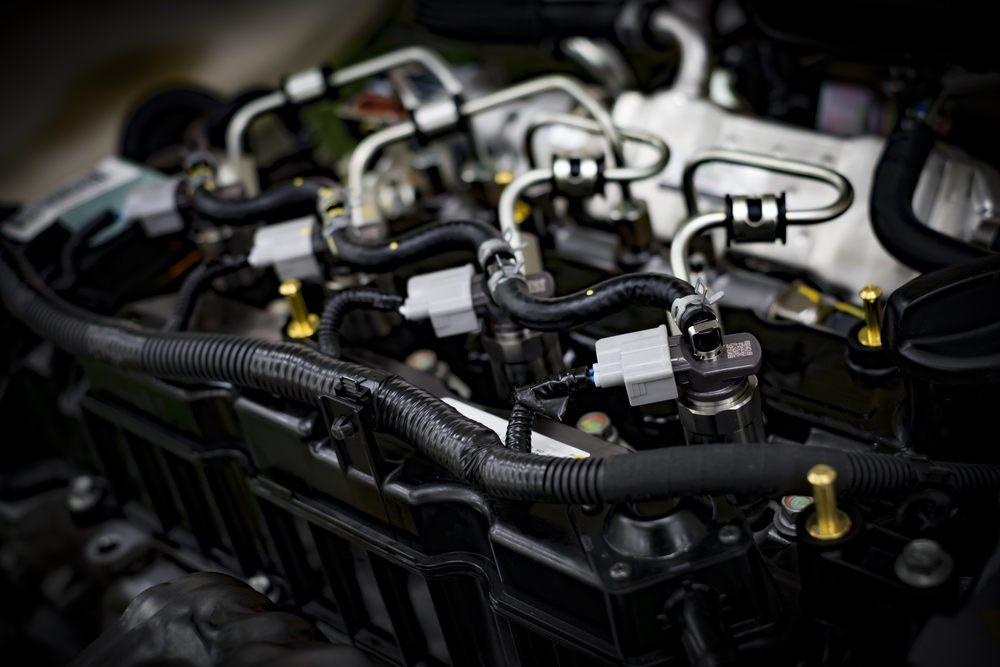
The 1957 model of the Corvette became the first American car to be equipped with a mechanical fuel injection system. This groundbreaking technology provided a boost in power and efficiency by allowing for more precise metering of fuel to the engine, enhancing the car’s performance. The introduction of fuel injection was a key moment in the Corvette’s history, showcasing its role as a leader in adopting automotive innovations.
Quad Tail Lights Tradition
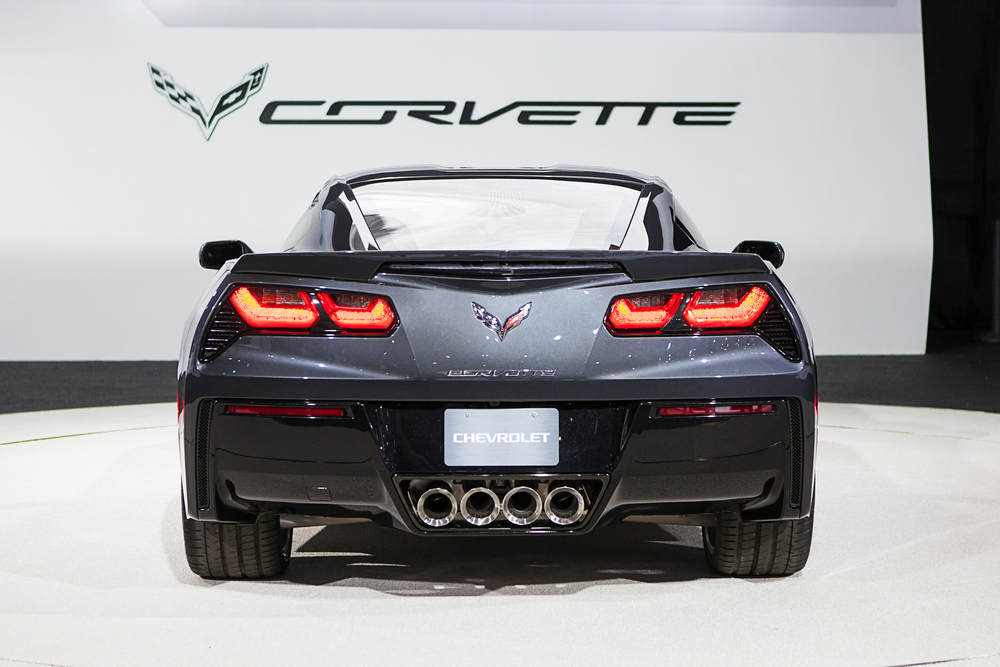
The distinctive quad tail lights that debuted on the 1961 Corvette have become a hallmark of the Corvette design, persisting through successive generations. This design element not only contributes to the aesthetic appeal of the vehicle but also enhances its visibility and safety. The persistence of this feature over decades underscores its iconic status and the traditional styling cues that define the Corvette’s identity.
Introduction of the Targa Top in 1968
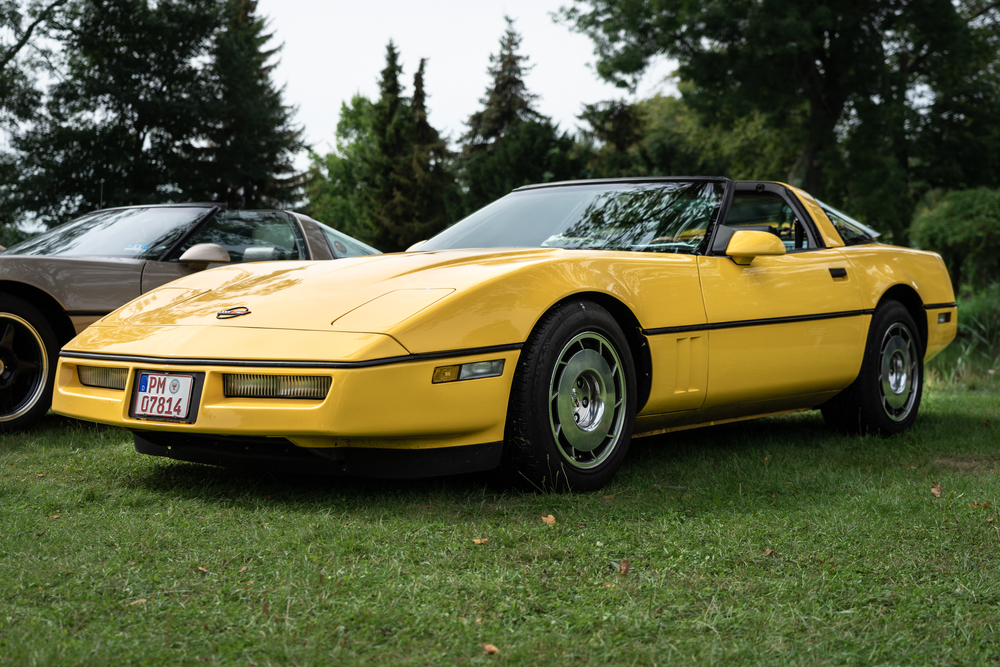
The 1968 Corvette introduced the Targa top, a removable roof panel that offered the open-air experience of a convertible while maintaining the linearity and rigidity of a coupe. This feature was a significant innovation at the time, providing drivers with a new way to experience their vehicle, and has since been adopted by many other sports cars.
Corvette Museum Sinkhole

In 2014, a sinkhole at the National Corvette Museum in Bowling Green, Kentucky, made international headlines when it swallowed several prized Corvettes. The event highlighted the cultural significance of these cars, and the museum’s efforts to restore the damaged vehicles demonstrated the dedication of the Corvette community. This incident also served to underscore the Corvette’s status as a treasured American classic, worthy of preservation and admiration.
First All-Aluminum LT5 Engine in ZR-1
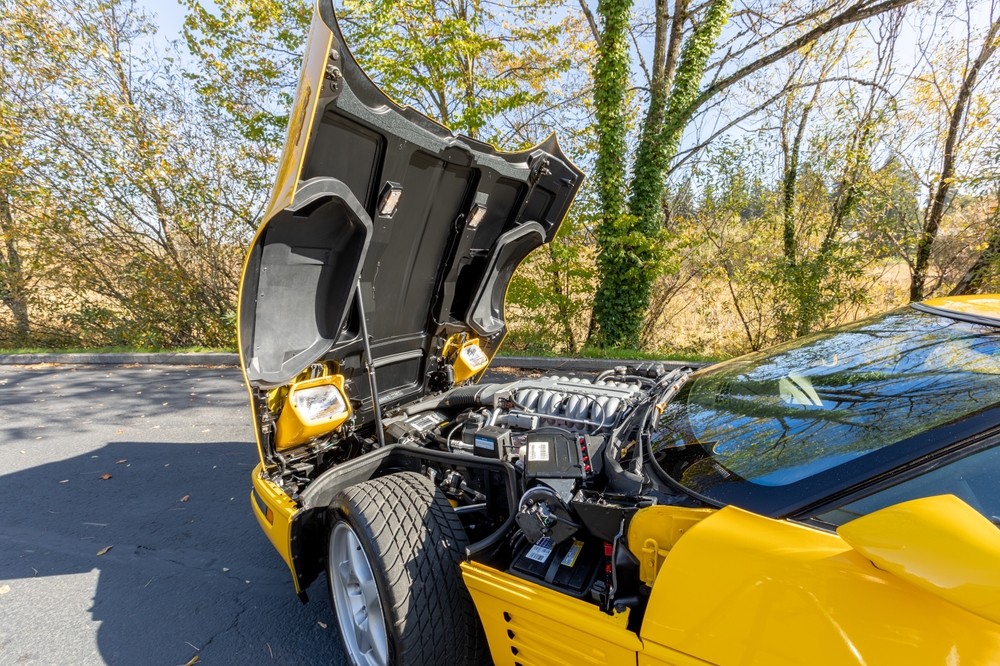
In 1990, the Corvette ZR-1 introduced the first all-aluminum LT5 engine, an engineering feat that offered enhanced performance through its lightweight design and high power output. This development represented a significant technological leap for Corvette, placing it at the forefront of engine design and efficiency in the sports car arena.
Stingray Designation Returns in 2014
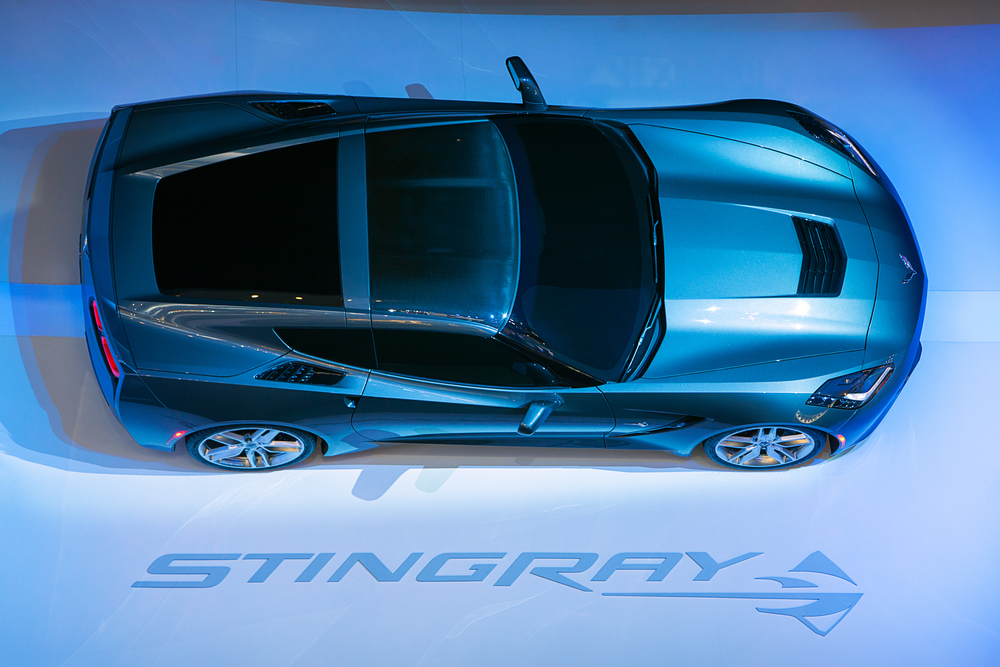
The revival of the ‘Stingray’ designation in 2014 for the Corvette marked a return to a name associated with some of the most beloved and performance-oriented models in Corvette history. The reintroduction of the Stingray name was not just about nostalgia but also a reaffirmation of the Corvette’s ongoing commitment to innovation and performance.
Active Suspension System in the C4

The 1990 Corvette C4 featured one of the first production car implementations of an active suspension system. This system dynamically adjusts the vehicle’s suspension settings in real time, providing optimal stability and handling under varying conditions. It was a pioneering move that demonstrated Corvette’s leadership in incorporating sophisticated technology for enhanced driving performance.
This article originally appeared on MyCarMakesNoise.
More from MyCarMakesNoise
10 Public Transportation Systems That Were Abandoned

Public transportation systems have long been the lifeblood of bustling urban centers, providing essential connectivity and fostering economic growth. However, as cities evolved and new technologies emerged, many once-thriving transit systems fell into disuse. Read More.
15 Luxury SUVs Offering Unmatched Comfort and Style

In the realm of automotive excellence, luxury SUVs stand as the epitome of comfort and sophistication. These vehicles seamlessly blend high-performance capabilities with opulent interiors, creating an unmatched driving experience. Read More.
10 Cutting-Edge Military Drone Innovations

The rapidly evolving landscape of modern warfare has seen military drones emerge as game-changing tools, redefining strategies and operational capabilities. Equipped with cutting-edge technologies, these unmanned aerial vehicles (UAVs) enhance precision, stealth, and efficiency in combat scenarios. Read More.














